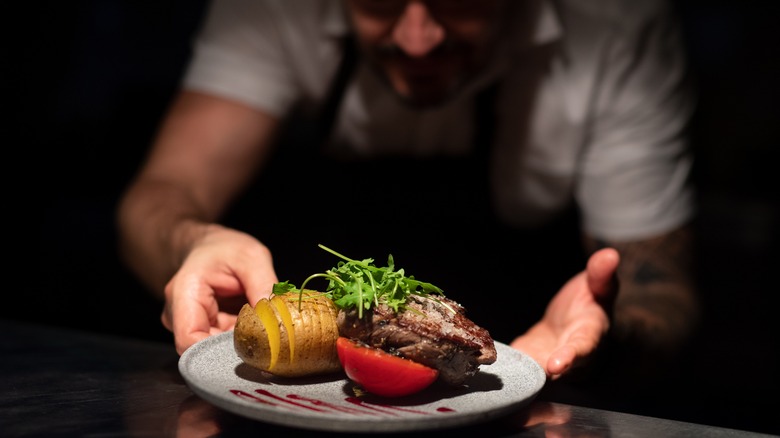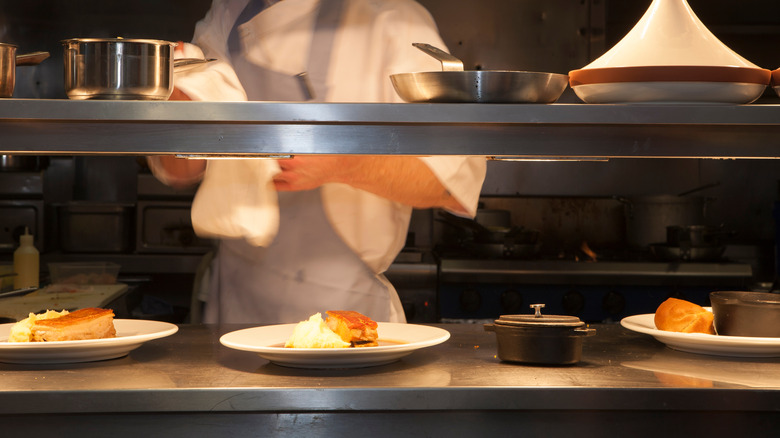What It Means When Food Is 'Dying On The Pass' At A Restaurant
Fans of "The Bear" and life-long foodies, prepare to expand your culinary vocabulary. In the fast-paced and high-stakes world of gastronomy, the phrase "dying on the pass" carries a weighty significance. This culinary term refers to the critical moment when a dish, meticulously crafted by the kitchen team, remains unclaimed and begins to lose its optimal quality as it sits waiting for service on the pass. In this designated area, finished dishes await pickup by the serving staff.
Understanding the implications of food dying on the pass is crucial for unraveling the intricate dance between kitchen efficiency and the pursuit of culinary excellence. The pass is the nerve center of a restaurant's kitchen, the bridge between the hard work of the kitchen and the servers who will present their creations to eager patrons. Each dish is meticulously plated, the final touches applied, and then it is sent to the pass, ready to embark on its journey to the dining table. When a dish is said to be "dying on the pass," it implies a breakdown in the delicate balance of timing and coordination. The chef's careful orchestration of each meal component is disrupted when a dish waits too long. Factors such as server availability, unexpected delays, or a lack of communication can contribute to this problem.
The anatomy of the pass
Although many restaurant passes have heated lamps to keep the food hot, temperature-sensitive foods may lose their ideal texture when left too long on the pass, and harmoniously balanced flavors may become compromised. This phenomenon is particularly noticeable in dishes that rely on the perfect interplay of temperatures, textures, and flavors. The impact extends beyond the kitchen and directly affects the diner's experience. A guest expects a meal that is not only delicious but also delivered with precision and care. A delayed dish may result in frustration, disappointment, or a perception that the restaurant does not prioritize the freshness and quality of its offerings.
Restaurant management and kitchen staff must work in tandem to minimize food languishing on the pass. Implementing effective communication channels, optimizing kitchen workflow, and training staff to handle unexpected challenges can all contribute to a smoother operation. Additionally, embracing technology, such as order management systems, can enhance coordination and reduce the risk of food degradation. Recognizing the delicate dance between culinary artistry and operational efficiency and addressing this challenge is essential for maintaining the high standards that distinguish exceptional dining establishments. By prioritizing communication, workflow optimization, and a commitment to delivering dishes at their peak, restaurants can ensure that their creations reach diners in optimal condition. So, next time you're dining out, remember all the elements that need to successfully come together for your perfect plate to arrive at the table.

